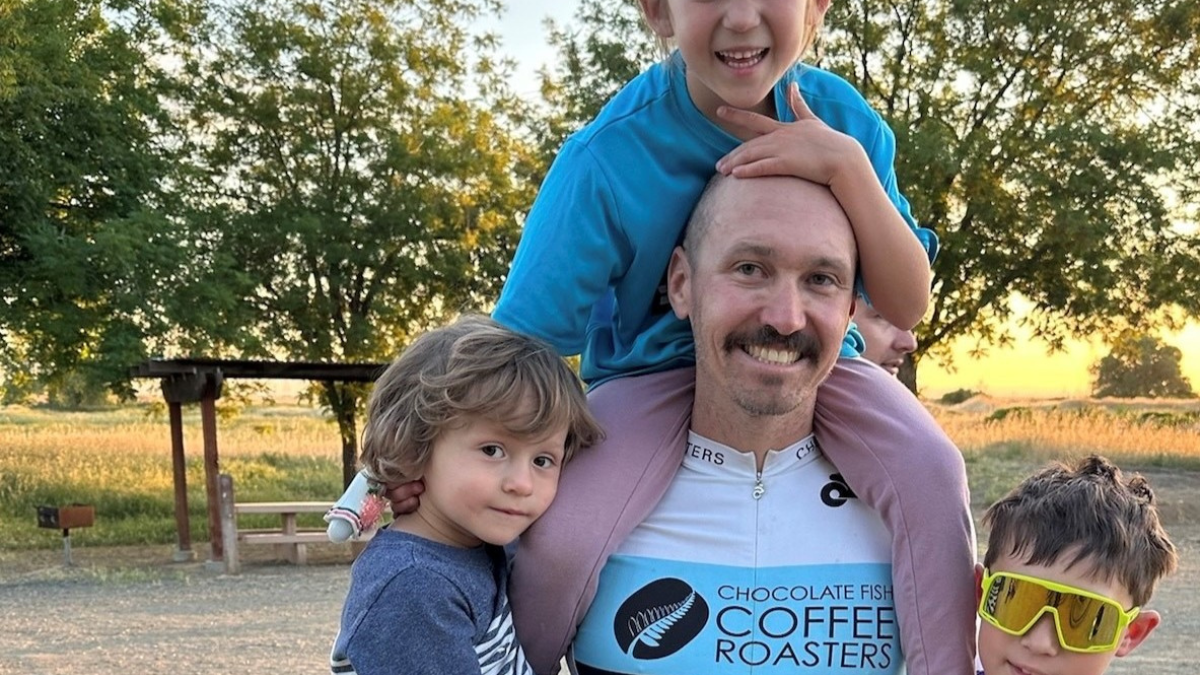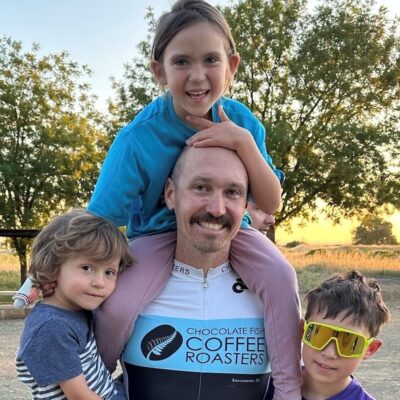Nearly half of adults in rural areas are living with obesity, a rate considerably higher than their urban counterparts.
Children and adolescents in rural settings also face a higher likelihood of having overweight or obesity, due partly to differences in access to health care services. These disparities carry long-term consequences for health, including higher rates of diabetes, heart disease and cancer.
Care Deserts Deepen Disparities
Access to high-quality obesity care remains uneven across the nation’s 3,244 counties. Local needs are simply different in Loving, Texas (population 64) than in Los Angeles County (population 9.8 million). Rural communities often don’t have enough primary care providers and may have no board certified specialists at all.
Providers who treat complex obesity, including endocrinologists and bariatric surgeons, are highly concentrated in urban areas and the north east, where the population density and strong economy can support their practices. Roughly 70% of American counties don’t have a single specialist; they are notably absent in rural counties and the southern states, where rates of obesity are high and medical need is most prevalent.
But rural residents face challenges beyond a shortage of qualified providers.
Fewer people in rural areas tend to have insurance, and clinics may be spread very far apart and be difficult for residents to access regularly or in an emergency. Telehealth alternatives, which could increase the availability of care, may also be unreliable, as rural areas have less access to broadband.
Policy Solutions Can Help Close the Gap
While rural residents face more obstacles in receiving preventive services, risk screenings and long-term obesity treatment, they are not without hope. Federal and state policies could help reduce these gaps, improving the health and quality of life of rural Americans.
Expanding Medicaid and Medicare coverage for evidence-based obesity treatments has the potential to improve access, though the program has come under fire during budget negotiations. Encouraging routine screenings promotes medical intervention at the early stages of illness. Likewise, supporting telehealth infrastructure in underserved areas can supplement strained rural networks and bring care to communities that currently lack doctors.
Targeted efforts by policymakers and health providers could help rural residents manage their obesity earlier, prevent related diseases and improve health outcomes over time.
Rural Health Disparities Deserve Attention
Obesity remains a major public health challenge nationwide, but rural communities bear a disproportionate share of the burden. Without action, geographic disparities will continue to grow.
Focused investment in rural health infrastructure, improved treatment access and a renewed commitment to preventive care are needed to ensure all Americans — regardless of zip code — have a fair chance at better health.





